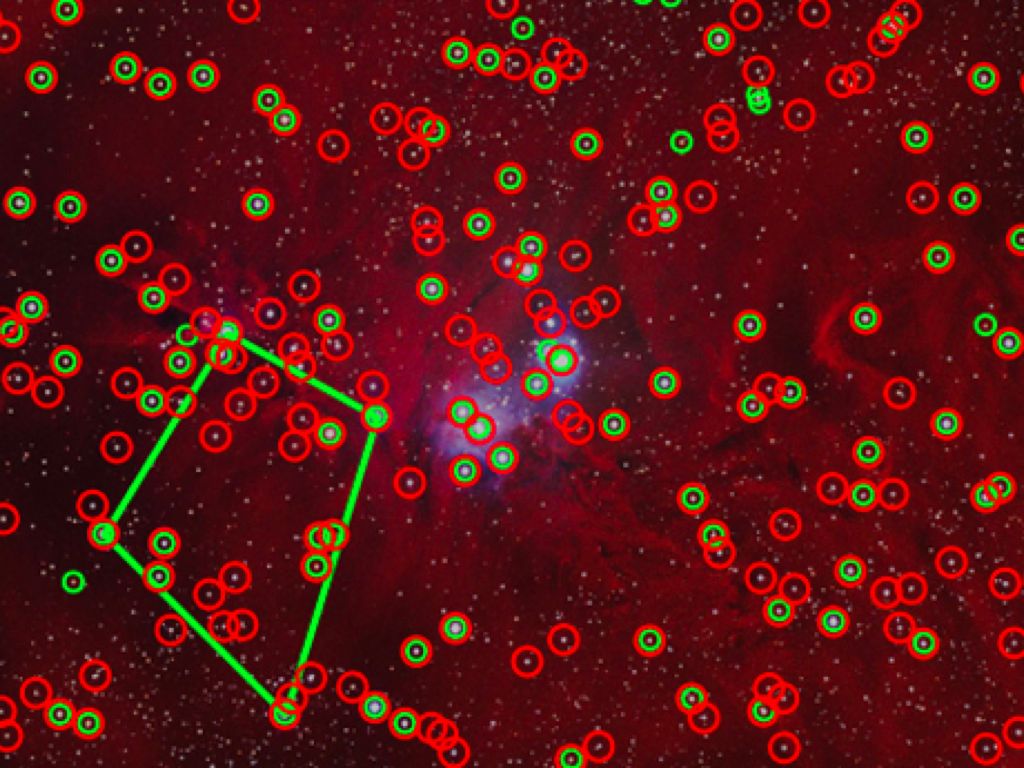

The photometry provided in this data release is in the instrumental system, which is very close to the SDSS photometric system the color terms can be found on the photometric calibration page. The distributions are per filter: from top to bottom u, g, r, and i, respectively. Right: limiting magnitude distributions (5σ AB in 2'' aperture).

Center: average ellipticity distributions.

Left: average PSF size (FWHM) distributions. The wide range of limiting magnitudes in i-band is due to the large range in moon phase and sky brightness. Average ellipticities, taken as the average absolute amount of ellipticity regardless of angle, are always less than 10%. The seeing constraints for the filters observed in dark time (u, g, r) are reflected in the relatively narrow PSF size distributions, while the distribution in i-band is much broader since it is the only filter observed under bright conditions. The following figure shows for each filter the obtained PSF size (FWHM), PSF ellipticity, and limiting magnitudes (5 σ AB in 2'' aperture) distributions for the data included in the KiDS-ESO-DR1 release. The exposure times and observing constraints for all filters are listed in the table below. All KiDS observations are queue-scheduled and matched to the seeing distribution at Paranal, with the best dark conditions used for r-band.


 0 kommentar(er)
0 kommentar(er)
